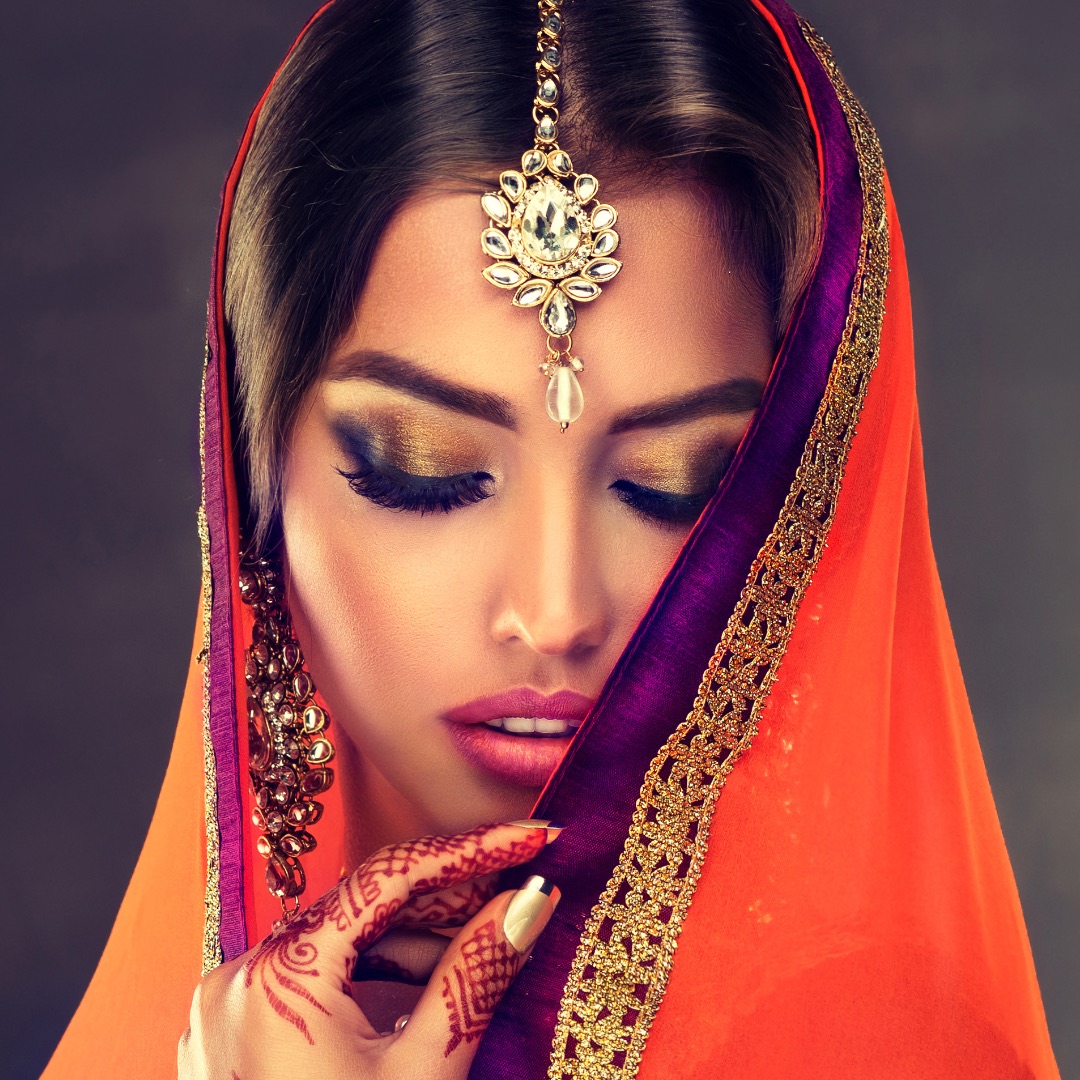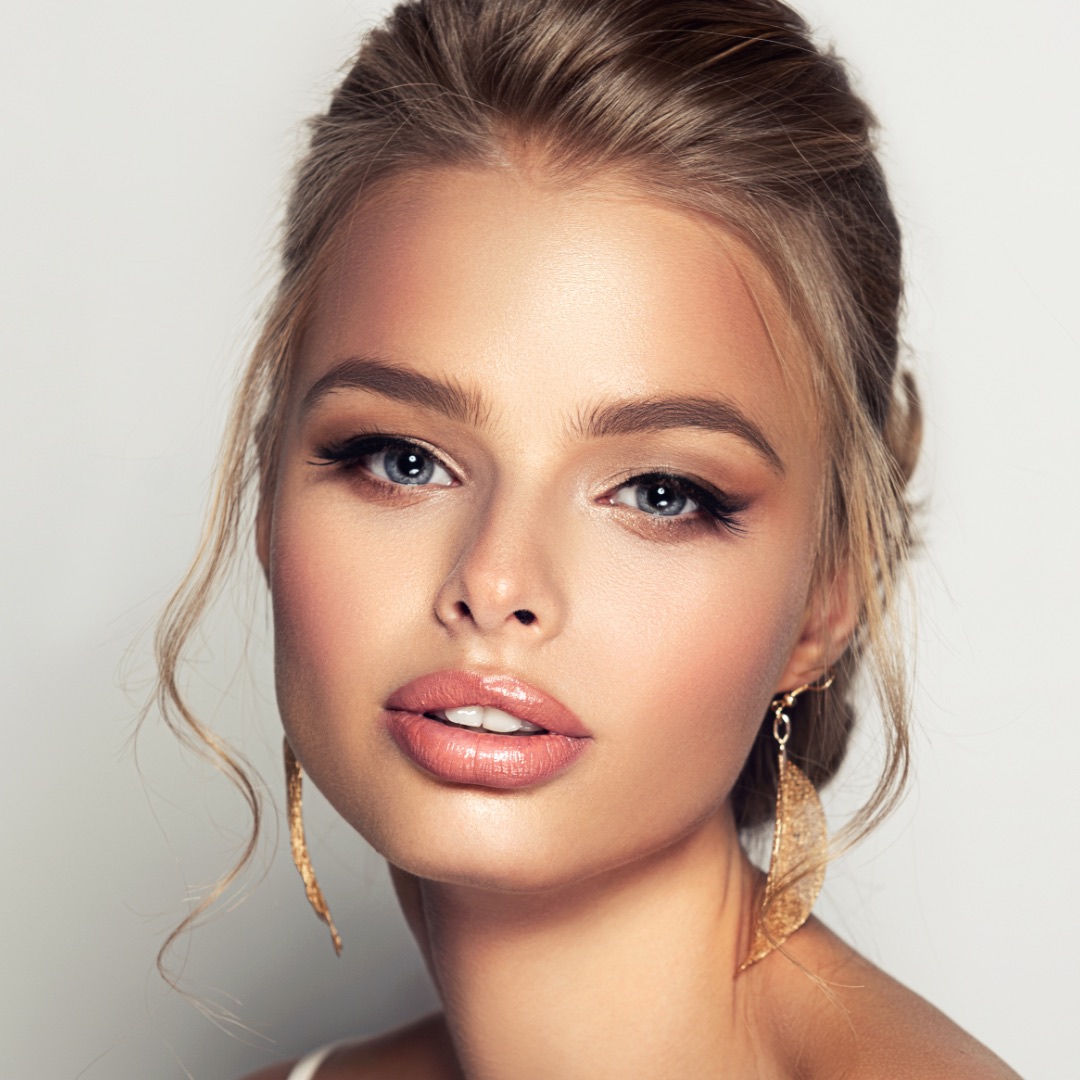Diverse beauty ideals are emerging and there are significant variations in beauty perceptions depending on the country, ethnic background and culture.
There is increasing demand for cosmetic surgery across the world, spanning different cultures and ethnicities – and long-held Western beauty ideals are now being turned on their heads.
A recent review paper* examined how Western beauty standards no longer apply to all and may not yield satisfactory cosmetic surgical outcomes for non- Western ethnicities. The 2023 article, published in Clinical, Cosmetic and Investigational Dermatology, strongly suggests that better understanding of cultural and ethnic variances in aspirations, aesthetic standards and attitudes towards cosmetic surgery are needed for more acceptable cosmetic outcomes.
The review summarises findings in the medical literature pertaining to cosmetic surgery and the diversity of cultural and ethnic perceptions of aesthetics in women. This comprehensive analysis of 66 peer-reviewed studies unravels the diverse preferences that have emerged in different societies and how they are shaping contemporary cosmetic surgery practises.
‘As cosmetic surgery has become increasingly popular, and patients from diverse ethnic backgrounds seek interventions to maintain the balance and harmony of their natural features, beauty standards have become more diverse and vary according to cultural and ethnic norms,’ the authors write.
‘Traditional aesthetic criteria such as symmetry, averageness, youth and sexual dimorphism may not be applicable to different ethnic groups. Despite this, aesthetic surgeons still rely heavily on Western beauty standards to assess aesthetics.
’To provide personalised and culturally appropriate interventions, surgeons must understand the changing trends and preferences of the growing patient population and appreciate
the diverse ethnic facial morphology and physical attributes that appeal to patients…
‘It is crucial to consider cultural and ethnic diversity when assessing aesthetics and performing cosmetic surgery,’ the authors stress.
Diversifing beauty standards and the golden ratio
The Golden Ratio (1:1.618), rooted in geometry, has long been considered a marker of beauty and used as a reference point in various artistic and architectural designs throughout history.
In cosmetic surgery, the Golden Ratio, or phi, has served as a guide for achieving aesthetically ‘ideal’ and harmonious facial proportions, the most prominent example being Dr Stephen Marquardt’s mask, which is based on the Golden Ratio and reflects the ‘perfect’ facial typology.
‘Although the Marquardt phi mask was supposed to reflect the global facial beauty archetype, it has been deemed inadequate in several cases,’ write the authors.
‘A recent study found that the existence of a formula for beauty in mathematics does not automatically suggest that this formula represents beauty.
‘In another study, beautiful contemporary faces from reputed magazines were ranked by 20 prospective ortho-facial surgery patients and compared with classical sculptures representing gods. Harmonious modern female features were discovered to have a much lower classical facial
index, suggesting major changes in perceived facial attractiveness over time. In this respect, it is acknowledged that demographic differences and cross-cultural exchanges that define 21st-century globalisation are important phenomena guiding individual perceptions of facial attractiveness.’
Facial aesthetics
The authors write that beauty ideals amongst cultural and ethnic backgrounds vary for facial features such as the eyes, nose and lips. ‘Beauty standards have also shifted over time and across cultures. For example, contemporary faces with more harmonious features are now preferred to the classical facial index,’ they note.
‘Lip projection and relative size are essential for lip aesthetics. The optimal ratio of the vertical height of the upper lip to that of the lower lip in young Caucasians was 1:1.6, whereas Black individuals were genetically predisposed to a larger lip volume. Full lips with a well- defined cupid’s bow are preferred in Han Chinese culture, while Middle Eastern beauty is characterised by full lips.
The review cited a study carried out by Heidekrueger et al, which gathered more than 1,000 responses from 35 different nations, on lip preference. The results showed that most people thought the 1.0:1.0 lip ratio to be the most appealing.
‘Nose-shape preferences also vary across cultures and ethnicities,’ the authors continue. ‘Latin American and Caribbean populations favour smaller, narrower noses with tips that project more, whereas South Indians and Middle Easterners prefer straight and small noses.’
Chin and eyebrow aesthetics also vary among ethnic groups. A study that compared 50 nations across regions and ethnicities found that optimal chin projection was correlated with the country of residence and ethnicity. Han Chinese favour round and pointy chins; South India prefers thin chins; and in the Middle East, pointed chins are regarded as signs of beauty.
The authors note that the criterion of an aesthetically pleasing eyebrow has been the subject of much debate over the years.
A German study found that although there is no standard for brow height, there is a preference for lower-positioned brows with a maximum height in the lateral third.
The review also analysed several Chinese studies on perceptions of beauty, reporting that the Chinese population aims to be beautiful by retaining its ethnicity and not following Western beauty standards.
In one study, Asians were compared to Caucasians of the same age, with a focus on injectable procedures for facial aesthetics.
The study revealed that facial aesthetic treatments in Asians are not directed at Westernisation, but rather at achieving optimal Asian ethnic characteristics (which includes an oval-shaped face with a smooth jaw angle).
‘Injectable procedures to restore facial form and three- dimensionality are becoming popular among younger Asians, reflecting an increasing trend towards repairing facial imperfections or minimising deviations from ethnic and cultural standards of facial beauty,’ the authors write. ‘In this way, general facial beauty is improved, but the aesthetic features of Asian ethnicity are preserved.
‘As the aesthetic aspirations of Asian patients are different from those of Western patients, they require distinct management and treatment tactics. It is natural to expect that with globalisation, many women will seek cosmetic surgery interventions from surgeons of different ethnicities, who might have different personal preferences for aesthetic standards. Therefore, to obtain the best outcomes, it is critical to understand the ethnic diversity in beauty standards.’
Contemporary attitudes to cosmetic surgery
The authors note that fascination with physical beauty is becoming increasingly common in modern society and that culture and body dysmorphism are predictive factors in the decision to undergo cosmetic surgery.
One study examined cosmetic surgery preferences among Dutch women and Chinese women in the Netherlands and in China, finding that materialistic beliefs and considerations of face attractiveness were important predictors of positive views about cosmetic surgery across these cultures.
‘Notably, body acceptance was a substantial positive factor in both the Netherlands and China, but age and acceptance of beauty standards were the only significant factors in China. It is evident that the Chinese population seeks to be beautiful by retaining its ethnicity rather than following Western beauty standards,’ the authors write.
Cosmetic surgery rates in South Korea have grown dramatically over the past decade, following similar growth trajectories in other East Asian countries. According to studies analysed in the literature review, women gave higher overall ratings than males, indicating that they were more receptive to cosmetic surgery. One study in Singapore found that the younger population is becoming more receptive to cosmetic surgery; nonetheless, there is a widespread lack of knowledge regarding the associated risks and complications.
In today’s interconnected global society, beauty ‘standards’ are shifting and becoming more diverse.
As aesthetic ideals continue to evolve and vary widely among different ethnic and cultural groups, the significance of ethnocultural awareness in cosmetic surgery only increases. The authors conclude that a better understanding of cultural and ethnic variances in aspirations, aesthetic standards and attitudes towards cosmetic surgery can help improve outcomes in broader sections of society.
‘There is a clear preference for attractiveness based on ethnic origin and culture. Therefore, cosmetic surgeons should consider the ethnicity of patients when offering cosmetic treatments… When defining novel aesthetic treatments, treating patients and reporting results in today’s increasingly global world, it is essential to consider cultural variations and international diversity. Further studies should be conducted to accommodate ethnic and cultural variations in cosmetic surgery planning.’ [A]A
* Arian H, Alroudan D, Alkandari Q, Shuaib A. Cosmetic Surgery and the Diversity of Cultural and Ethnic Perceptions of Facial, Breast, and Gluteal Aesthetics in Women: A Comprehensive Review. Clin Cosmet Investig Dermatol. 2023;16:1443-1456













